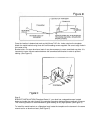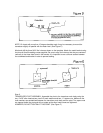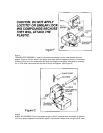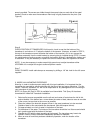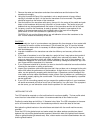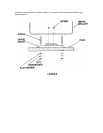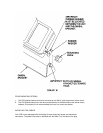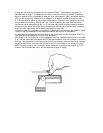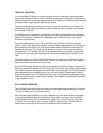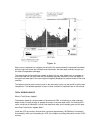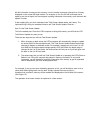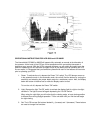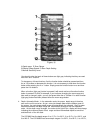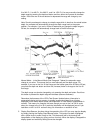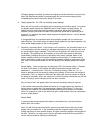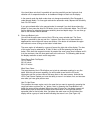THEORY OF OPERATION
Your Humminbird LCR works on the basic principal of sonar. An electronic signal is generated
within the control head of the unit. When coupled to the transducer, this signal is converted to an
ultrasonic signal and is transmitted toward the bottom. The speed of the ultrasonic signal traveling
through the water is approximately 4800 feet per second.
The signal travels through the water until it strikes an object or the bottom. At this instant it is
reflected back, picked up by the transducer, reconverted to an electronic signal and is recorded
on the display of the LCR.
The reading at the far right postion of the screen shows what is being passed over at that time.
As new information is received, the old information is shifted to the left and the new information is
added. The information is retained until it disappears from the left side of the screen. Figure 1
illustrates a typical display.
One of the unique features of your LCR is the Split Screen Zoom with Total Screen Update.
Figure 1 shows a Split Screen Zoom display with the full depth range information on the right and
the expanded view on the left. The Total Screen Update feature is explained in detail later, but
basically with Zoom the Total Screen Update allows you to zoom in on an area even after you
have passed by it. The display resolution on the expanded portion of the screen is as good as 3
inches per dot, giving you exact detail while still viewing the full depth range information on the
right.
The display used on the LCR is a Liquid Crystal Display. The material in the display is a liquid
that can be aligned such that it either "blocks" light or it lets light pass through. This "blocking" of
light is what makes the black dots on the screen.
Since the LCR's display depends on light passing through it to make the images, increasing the
light source will make it easier to see. This is why your LCR can be seen so well in direct sunlight.
You will also notice that the display can be seen better at certain angles. The LCR mounting has
been designed for tilting and pivoting so that you can easily maintain a good angle for viewing.
Another characteristic of an LCD display is that you may find that some polarized glasses might
effect the view by causing a rainbow prism to appear. This condition can possibly be improved by
a slight adjustment in tilt.
SPLIT SCREEN OPERATION
The LCR 8000's split screen feature will allow you to make sideby-side comparisons. You will be
able to split the screen and compare the actual, full depth scale information with three functions
(1) zoom, (2) bottom lock or (3) screen memory.
Use of the split screen capabilty is very easy. Whenever any of the three functions is activated
the screen automatically splits, with the right half of the screen showing the current full depth
scale information and the left half showing zoom, bottom lock, or screen memory. (See Figure
14). NOTE: If zoom or bottom lock is on when recalling a memory screen, then the memory
screen will be on the right so that it can be compared to zoom or bottom lock.



